Painter of miniatures and icons, Jean Claracq creates a dialogue between painting and the digital realm. His models, drawn from social networks such as Instagram and Grindr, interact in his paintings with numerous references to art history, in particular Northern European paintings of the 15th and 16th centuries. Attached to traditional techniques – through his use of oil painting on wood and his attention to details – the artist plays on different interpretations and depicts with accuracy our relationship to screens and solitude in the urban environment.
His paintings explore, in the finest form, the language of advertisement and social media and how they create desire and fascination. They often refer to the architecture of suburban areas, such as car parks, symbols of a world alienated by consumerism to the point of sacrificing its own existence. With his eclectic references, Jean Claracq succeeds in depicting the ambivalence within joy and pleasure when mixed with the anguish of a world on the verge of collapsing. To this regard, his dystopian view of la joie de vivre presents itself as a new alternative to the divine perception of the world.
Peintre de miniatures et d’icônes, Jean Claracq crée un dialogue entre peinture traditionnelle et monde numérique. Ses modèles sont issus des réseaux sociaux comme Instagram et Grindr. Ils interagissent dans ses tableaux avec de nombreuses références à l’histoire de l’art classique, notamment aux écoles d’Europe du Nord. Attaché aux techniques traditionnelles – par son utilisation de la peinture à l'huile sur bois et son attention portée aux détails – l’artiste joue avec différents niveaux de lecture possibles et dépeint avec précision notre rapport aux écrans et à la solitude en milieu urbain.
Les peintures de Jean Claracq exploitent, avec délicatesse et raffinement, le langage de la publicité et des réseaux sociaux pour créer désir et fascination. Il évoque notamment l’architecture des zones périurbaines, plus particulièrement celles des parkings, symboles d’un monde aliéné par la consommation jusqu’à sacrifier sa propre existence. Au travers de références éclectiques, Jean Claracq évoque l’ambivalence dans la joie et le plaisir lorsqu’ils sont mêlés à l’angoisse d’un monde déstructuré proche de l’effondrement. Sa vision dystopique de la joie de vivre se présente ainsi comme une alternative nouvelle à la perception divine du monde.
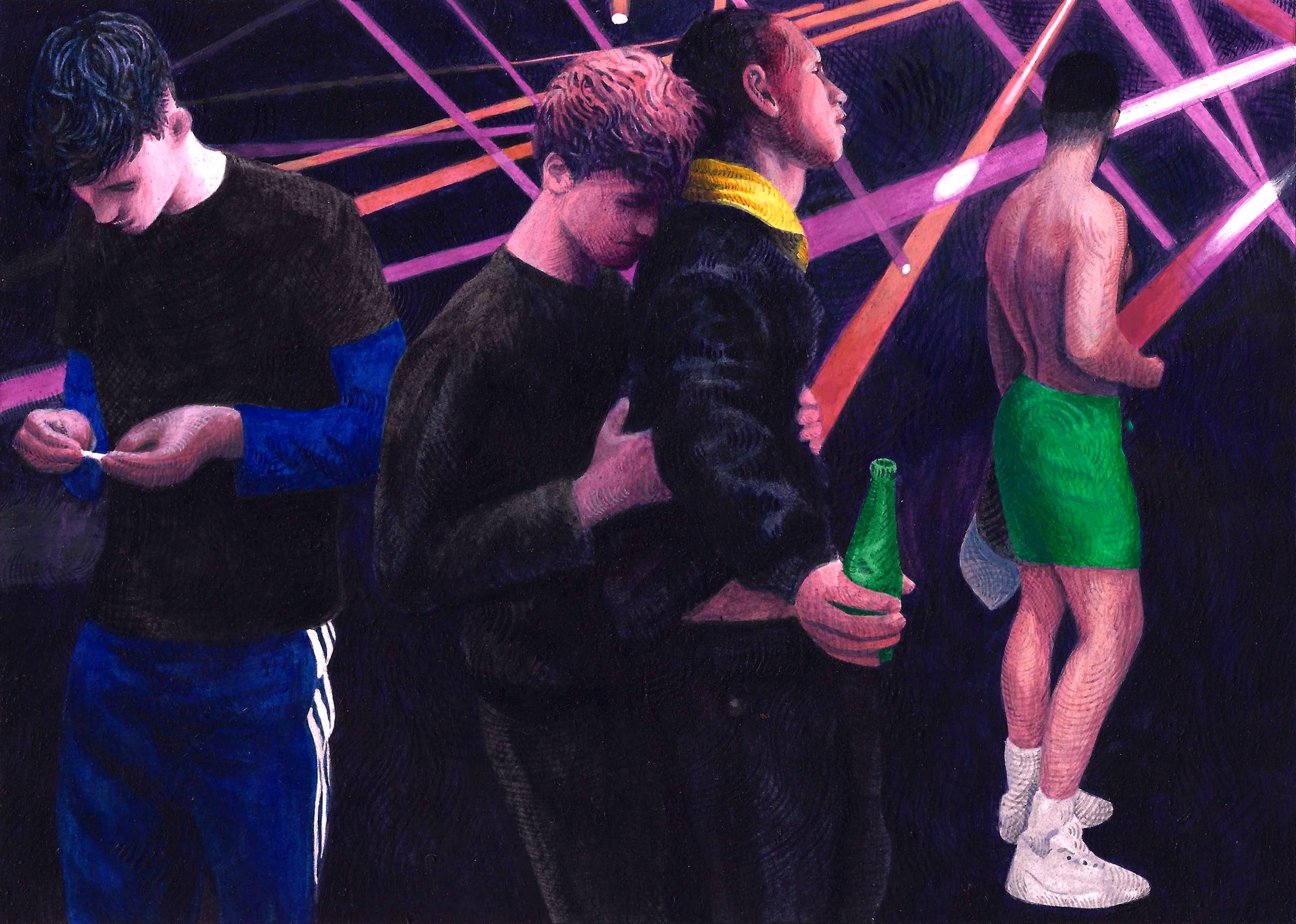
Jean Claracq
Born in 1991 in Bayonne, France
Lives & works in Paris, France
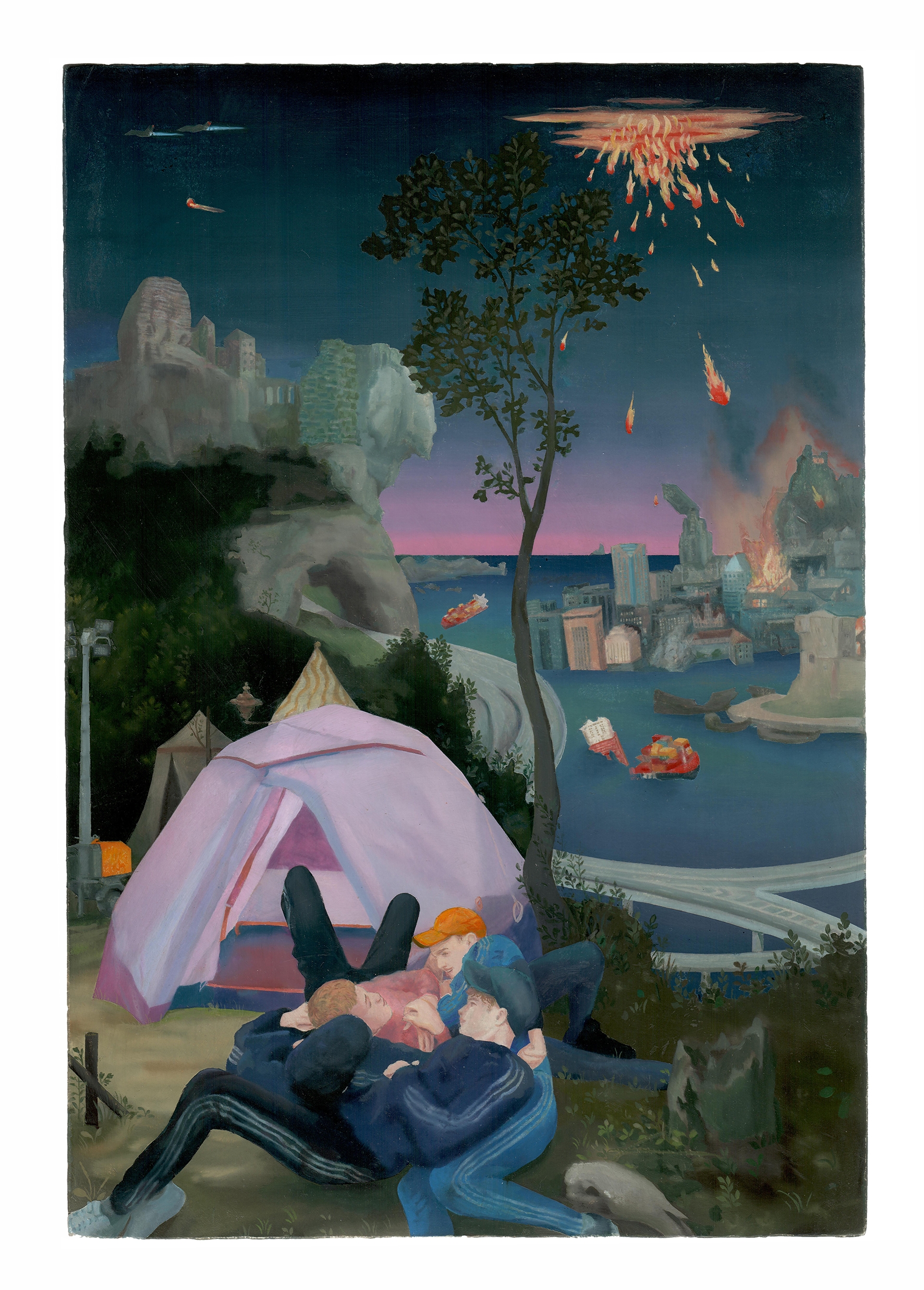
Jun 14, 2025 – Feb 2, 2026
CopistesCentre Pompidou Metz, FRGroup show in collaboration with the Louvre MuseumView More
↓
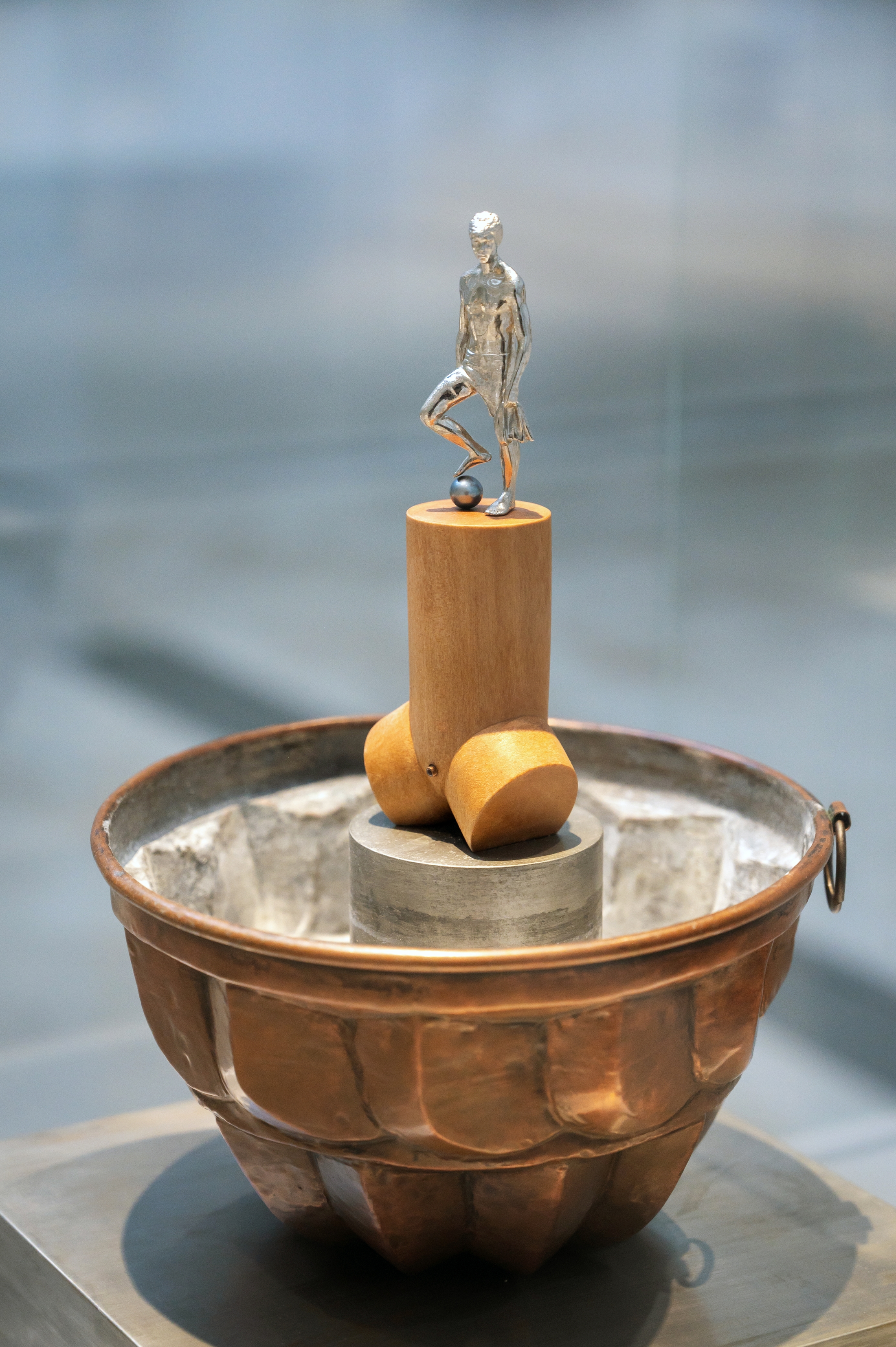
Dec 1, 2024 – Sep 1, 2025
Galerie du TempsLouvre-Lens, FRPermanent exhibitionView More
↓

Jun 7 – Jul 20, 2024
Une fictionsSultana, Paris, FRSolo showView More
↓
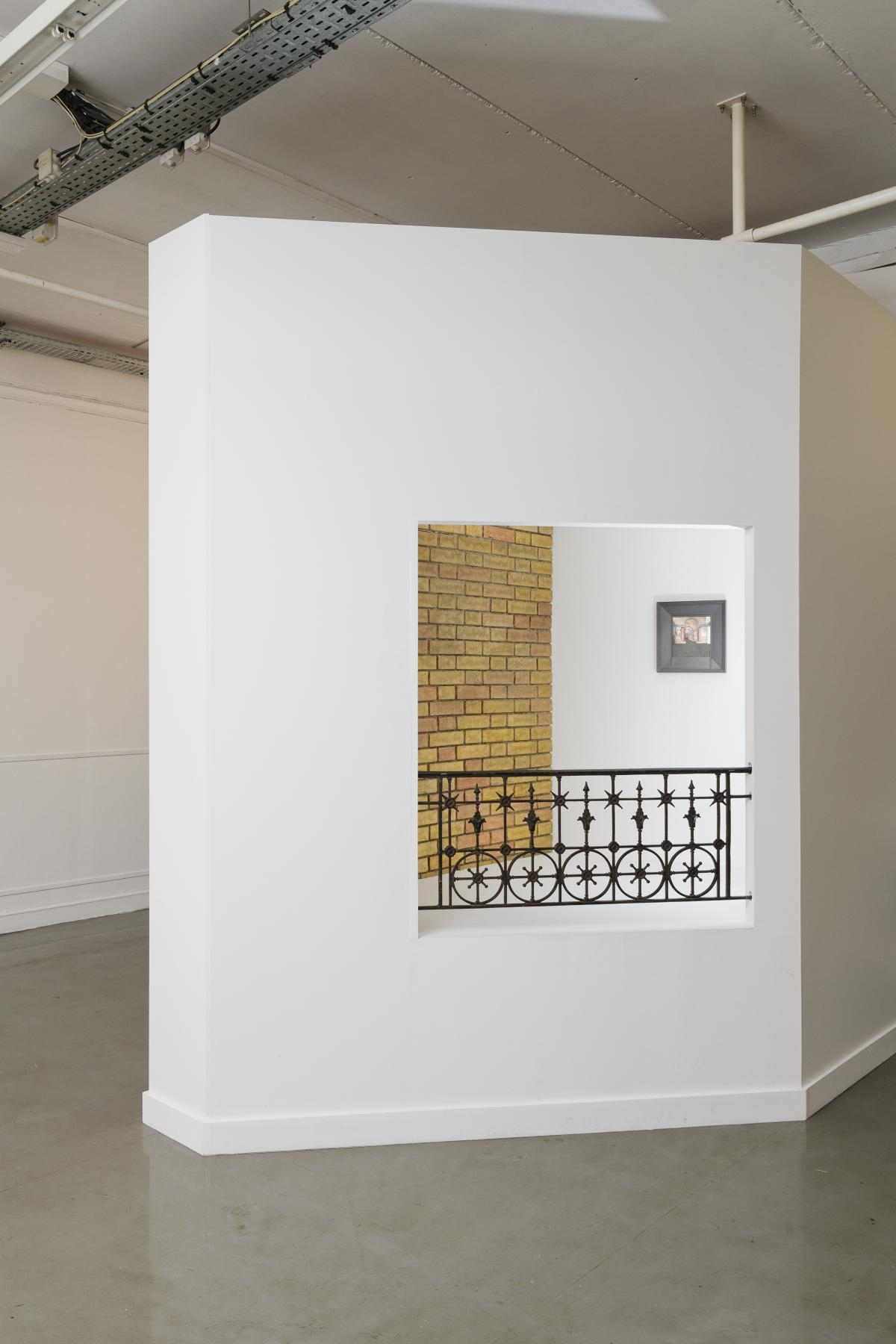
Jan 24 – Apr 6, 2024
Caroline's homeMaison Populaire, Montreuil, FRGroupshow with Madeleine Dujardin, Jordan Strafer and Gaspar WillmannView More
↓
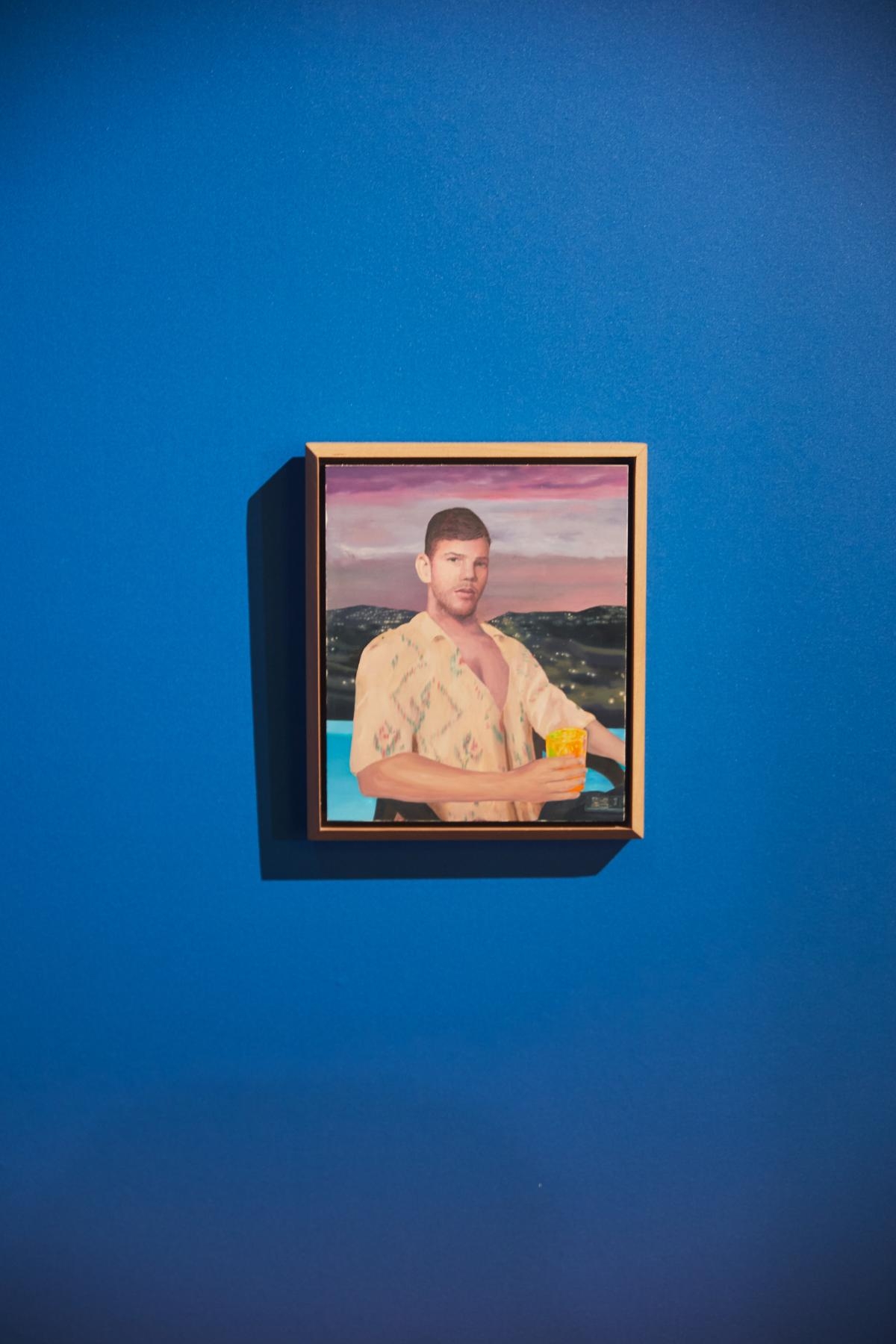
Dec 13, 2023 – Apr 21, 2024
Prendre le soleilHangar Y, Meudon, FRGroup show with Guillaume Aubry, Mustapha Azeroual, Abdelkader Benchamma, Caroline Corbasson, Raphaël Dallaporta, Tacita Dean, Disnovation.org, Rachel Duckhouse, Samuel Fosso, Léon Foucault, Fragmentin, Erwan Frotin, Marina Gadonneix, Noémie Goudal, Laurent Grasso, Jules Janssen, Anne Lindberg, Colectivo Los Ingrávidos, Thomas Mailaender, Massao Mascaro, Peter Miller, Desire Moheb-Zandi, Morris, Martin Parr, Joan Rabascall, Sébastien Reuzé, Simon Roberts, Dagoberto Rodríguez, Charles Ross, Camille Sauvageot, SMITH, Stéphanie Solinas, Sun Ra & his Arkestra, Clara de Tezanos, Laure Tiberghien, Étienne Léopold Trouvelot, Penelope Umbrico, Gwenola WagonView More
↓
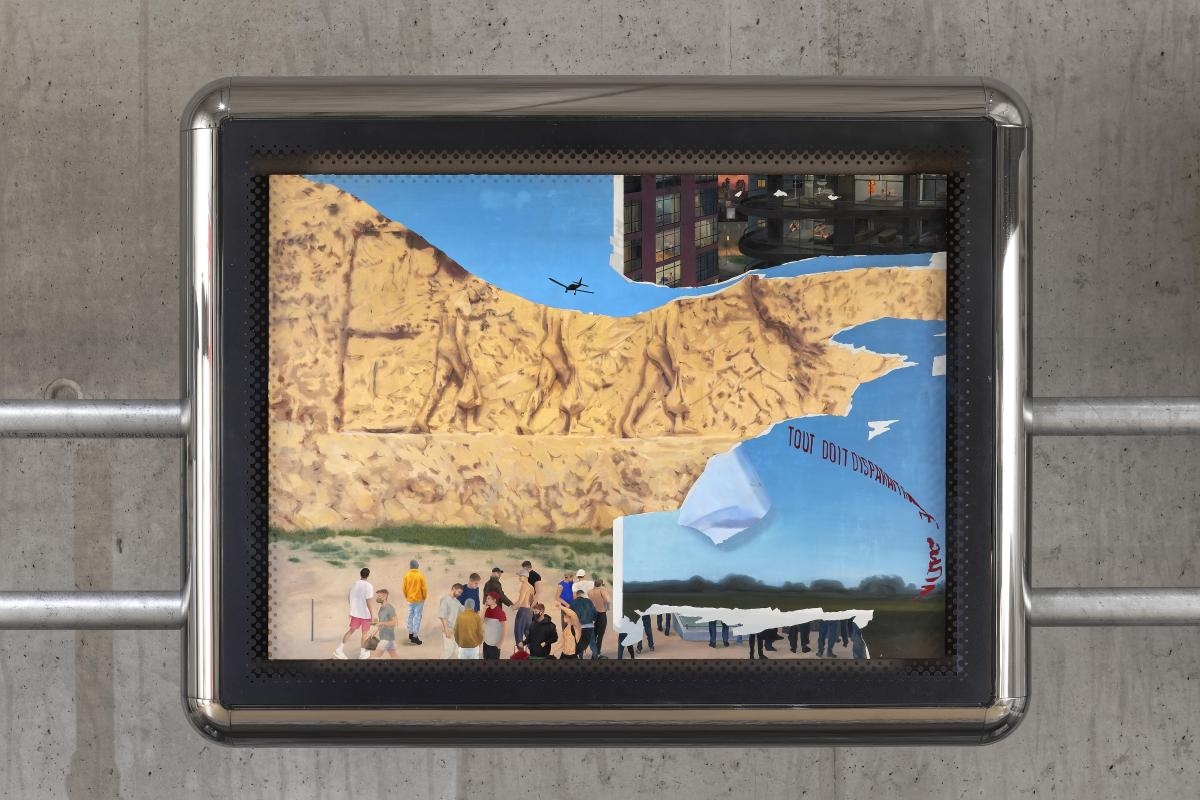
Sep 14 – Dec 31, 2022
16th Lyon Biennial - Manifesto of FragilityLugdunum - Musée et théâtres romains, Lyon, FRGroup showView More
↓
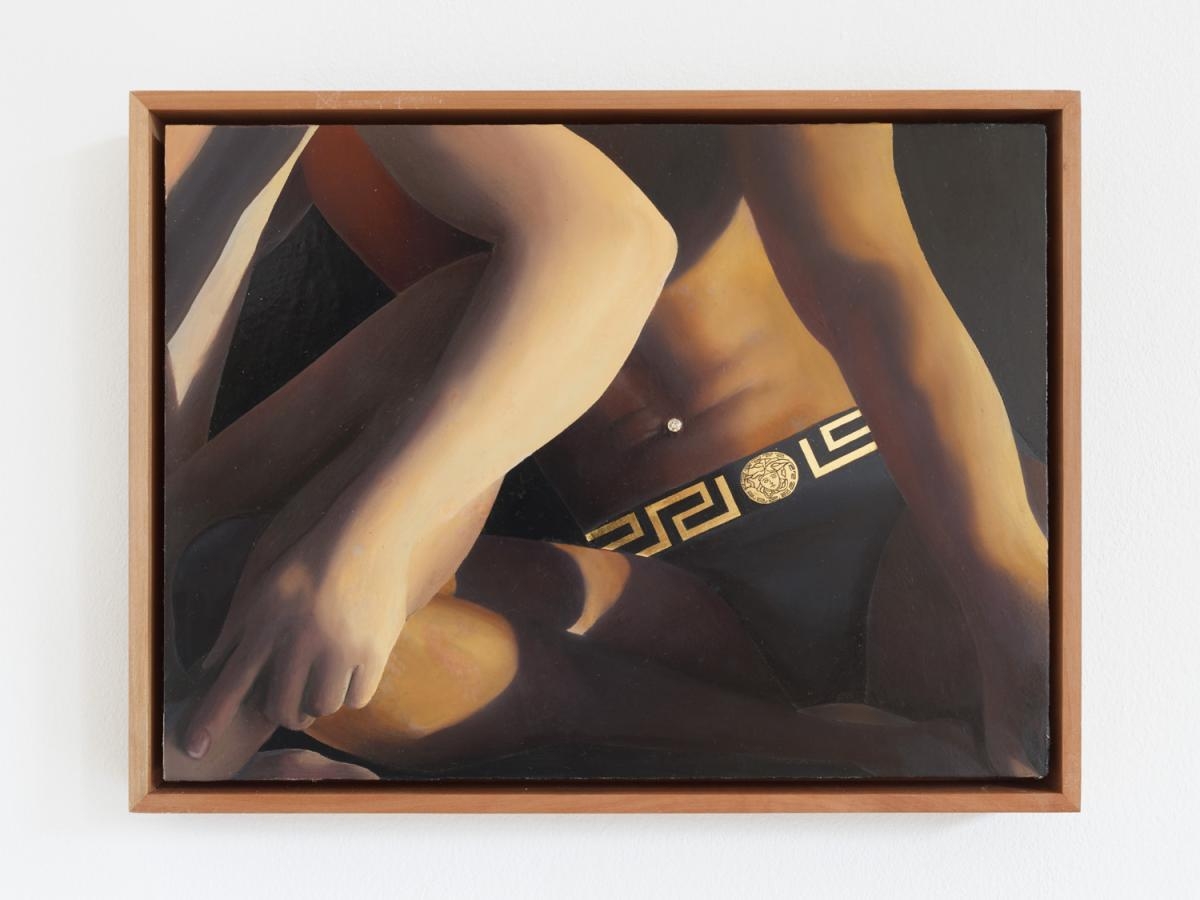
Oct 15 – Nov 19, 2022
Il faudrait que je me calmeMendes Wood DM, Brussels, BEGroup show with Clément Courgeon, Joséphine Ducat-May, Nathanaëlle Herbelin, Johan Larnouhet, Maëlle Ledauphin, Pierre Seiter, Raphael Sitbon, Thomas Cap de Ville and Miranda WebsterView More
↓

May 5 – May 28, 2022
Des corps libresReiffers Art InitiativesGroup show with Ymane Chabi-Gara, Salomé Chatriot, Jean Claracq, Kenny Dunkan, Ben Elliot, Tarek Lakhrissi, Chalisée Naamani, Valentin Ranger, Sara Sadik, Pol Taburet, Sophie Varin, Julie Villard & Simon Brossard, Manon Wertenbroek, Gaspar WillmannView More
↓

Apr 12 – Jun 11, 2022
Entre tes yeux et les images que j'y vois* (un choix sentimental)Fondation Pernod Ricard, Paris, FRGroup show with Cecilia Granara, Miryam Haddad, Nathanaëlle Herbelin, Simon Martin, Madeleine Roger-Lacan, Christine Safa, Elené Shatberashvili, Apolonia SokolView More
↓
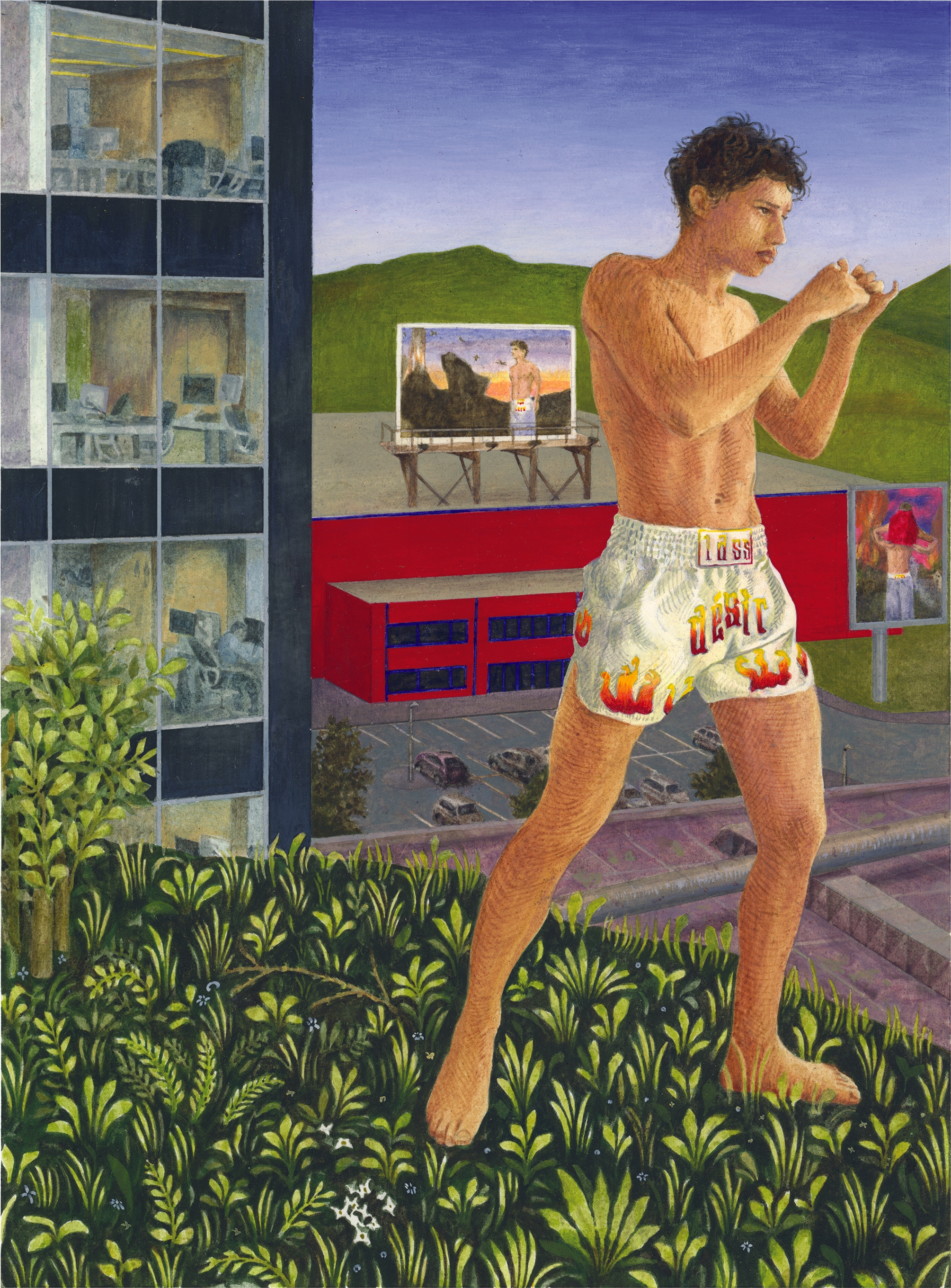
Mar 24 – Apr 24, 2022
We Paint! Prix Jean-François PratBeaux-Arts de Paris, Paris, FRGroup show with Farah Atassi, Janis Avotins, Zander, Blom Chloë, Saï Breil-Dupont, Guillaume Bresson, Sol Calero, Nicolas Chardon, Mathieu Cherkit, Philippe Decrauzat, Stelios Faitakis, Jonathan Gardner, Miryam Haddad, Kei Imazu Florian Krewer, Alexandre Lenoir, Turiya Magadlela, Maude Maris, Landon Metz, Anne Neukamp, Gavin Perry ,Toyin Ojih Odutola, Li Qing, Raphaëlle Ricol, Nicolas Roggy, Matt Saunders, Pierre Seinturier, Avery Singer, Patricia Treib SoiL Thornton, Lesley Vance, Rezi van Lankveld and Marine WallonView More
↓
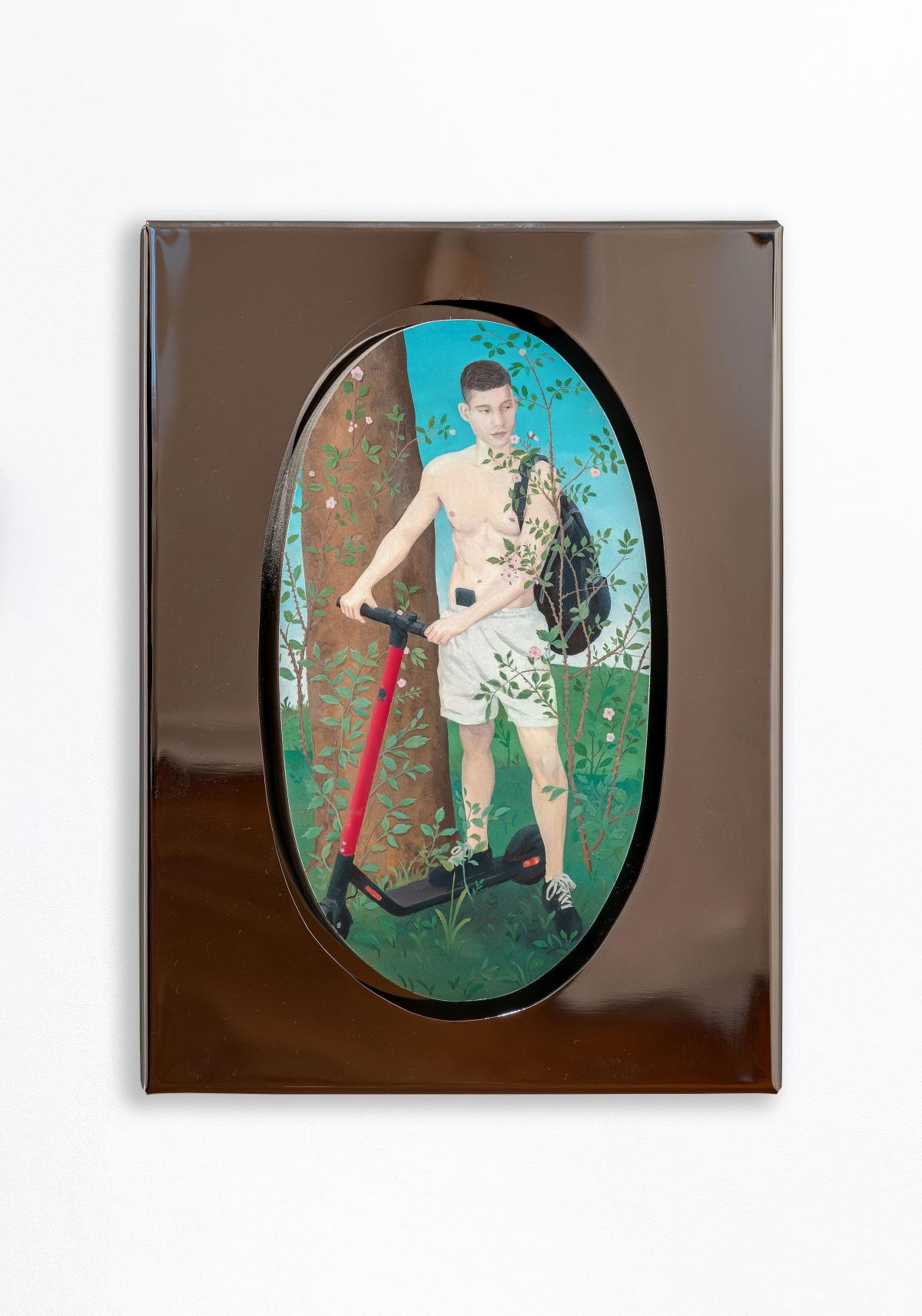
Oct 13 – Nov 1, 2021
Hors les murs FIAC 2021Solo show, Musée National Eugène Delacroix, Paris, FRView More
↓
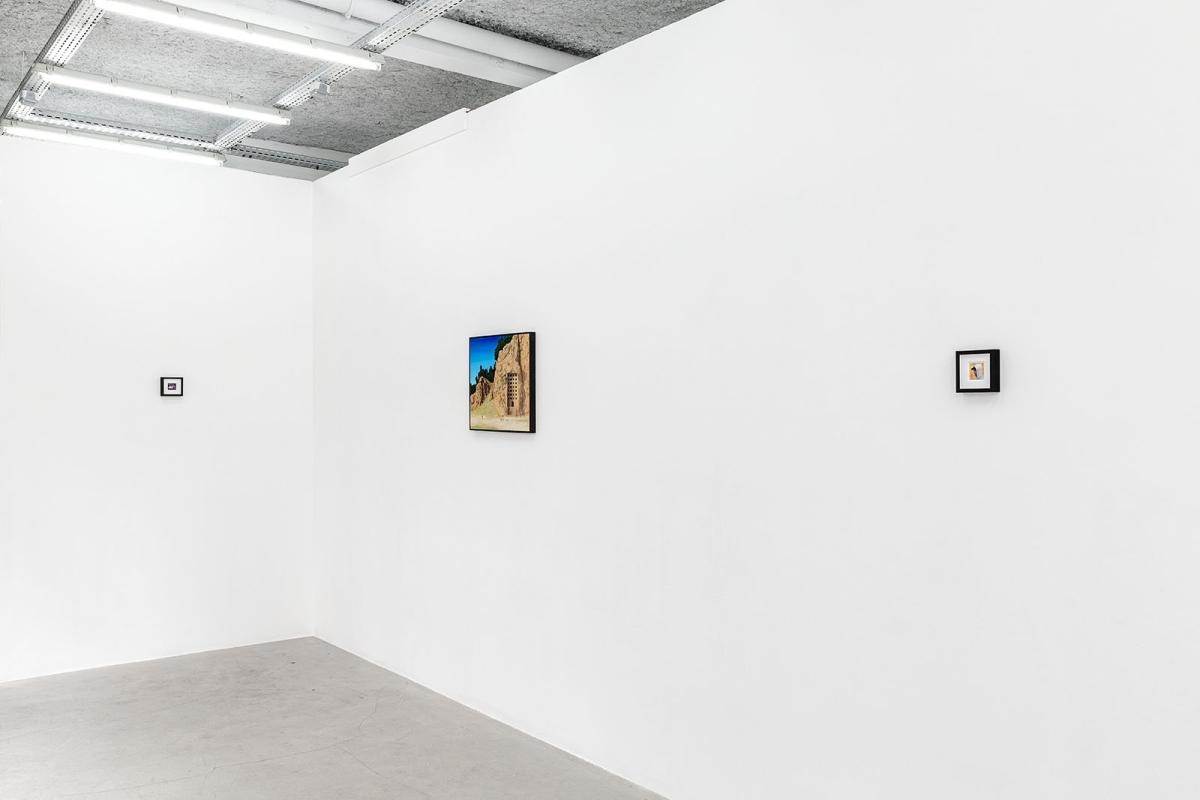
Feb 13 – Apr 10, 2021
Jean ClaracqSultana, Paris, FRSolo showView More
↓
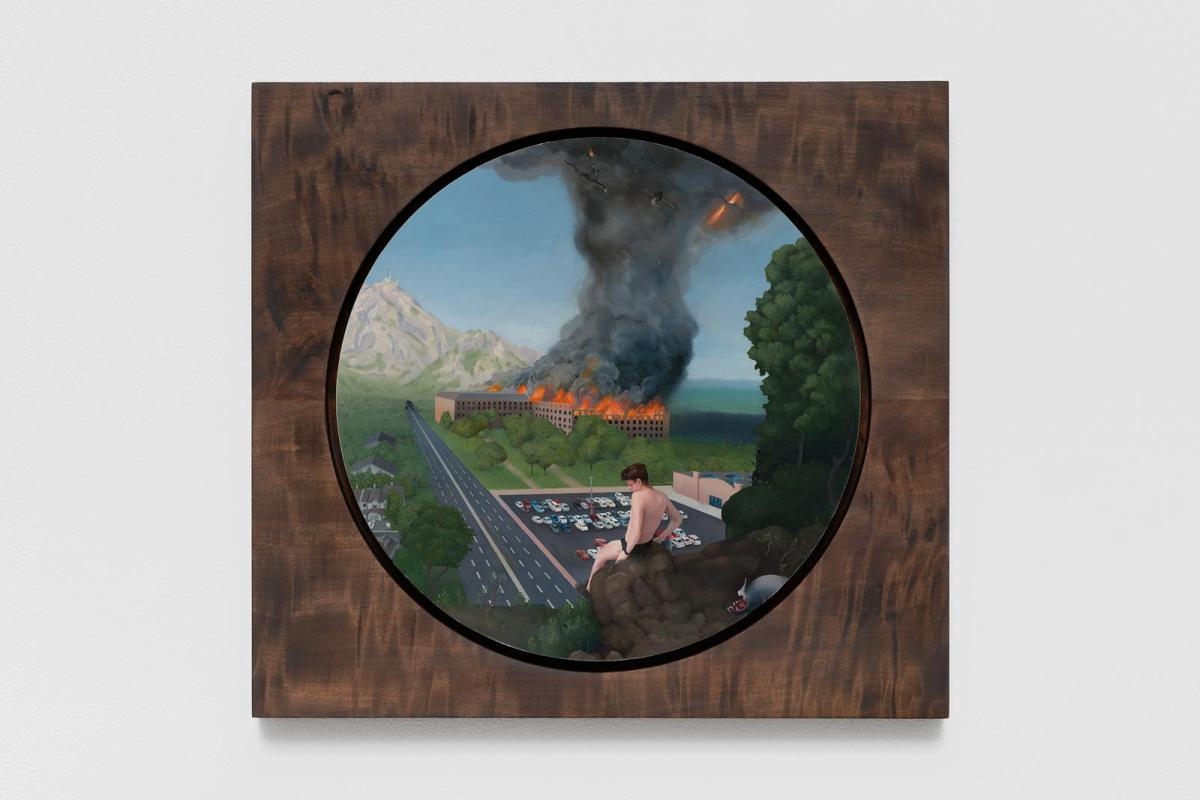
Feb 2 – May 23, 2020
La HardiesseLa Fondation Agnès B., Paris, FRGroup showView More
↓

Feb 29 – Mar 28, 2020
J'aime, je n'aime pasGalerie EIGEN + ART, Berlin, DEGroup show with César Bardoux, Miryam Haddad, Nathanaëlle Herbelin, Madeleine Roger Lacan and Elene ShatberashviliView More
↓
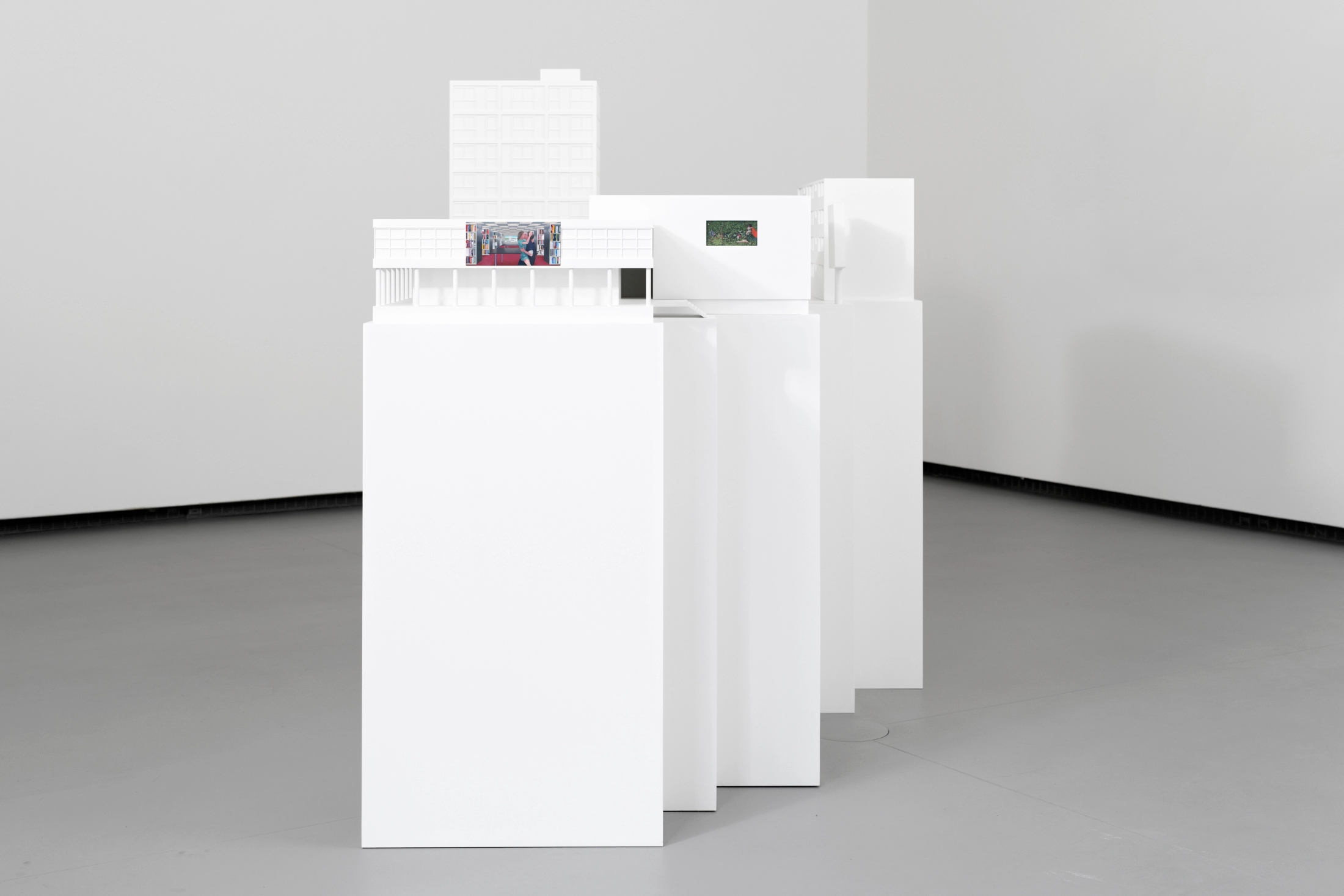
Sep 23, 2020 – Jan 3, 2021
Open Space #7Solo show, Fondation Louis Vuitton, Paris, FRView More
↓
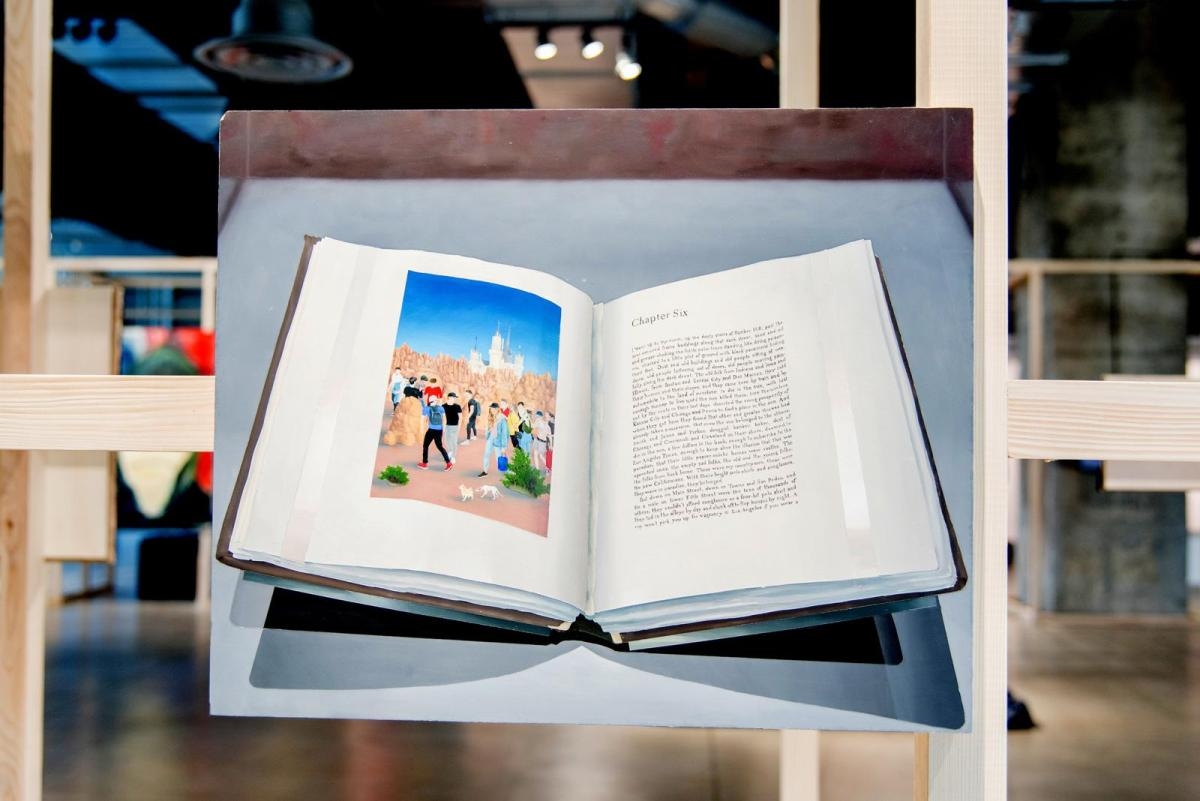
Oct 12 – Nov 11, 2018
ARTAGON IV - Heading East !Magasins Généraux, Pantin, FRGroup show with Ismail Alaoui-Fdili, Alexander Brodarsky, collectif CHAVKI, Charlotte Cherici, Bogdan Contos, Hélène Cotte, Ophélie Demurger, Théo Ghiglia, Hélène Hulak, Yuliya Kyrychenko, Sarah Lévy, Ula Lucinska & Michal Knychaus, Paul Mittler, Albina Mokhryakova, Julie Monot, Kate NganWa Ao, Dunja Ozegovic, Alma Lily Rayner, Marco Rigoni, Ann Rotaenko, Stefanie Schwarzimmer, Sina Schöpf, Andrei Sclifos, Hamid Shams, Michal Soja, Anca Statica, Naoki Stylanos Karathanassis, Anouk Ursin, Ondrej Vicena, Jisso Yoo and Adam ZdunczykView More
↓
